BEIRUT- Sfeir-Semler Gallery is pleased to announce the opening of Yto Barrada’s new exhibition, “Faux Guide”, opening on May 26th, 2016.
In the six years since her last exhibition, “Play”, at Sfeir-Semler Beirut, Barrada’s work has won numerous awards including the 2011 Deutsche Guggenheim Artist of the Year award, the 2015 Abraaj Group Art Prize, 2016 Tiger Award for short film and a nomination for the upcoming Prix Marcel Duchamp in Paris.
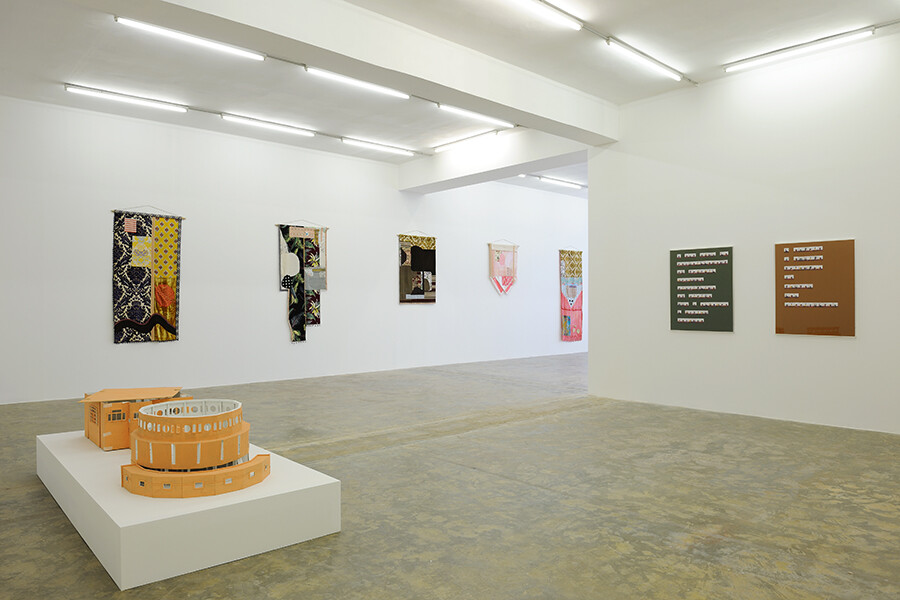
Yto Barrada’s new film, Faux Départ, observes the elaborate fossil industry in Morocco. Paying homage to the "preparators" in the arid region between the Atlas Mountains and the Sahara Desert, whose intrepid work is fueling a thriving trade in artifacts real, faux and hybrid, Faux Départ is a rebuke to the fetishistic thirst for foreign objects, a sly meditation on authenticity, and a paean to creativity.

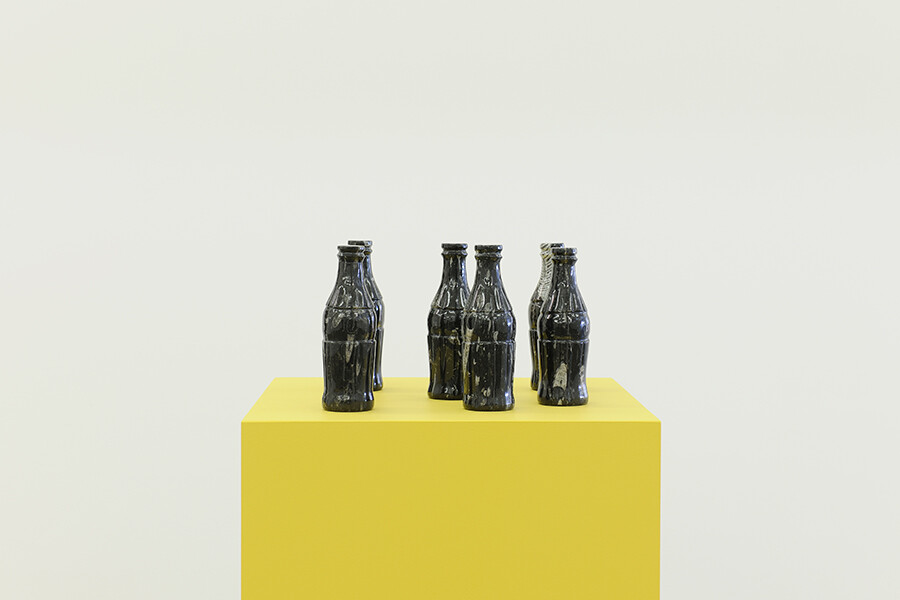
carved orthoceras fossil stone, 6 pieces, 21.6 × 6 cm each
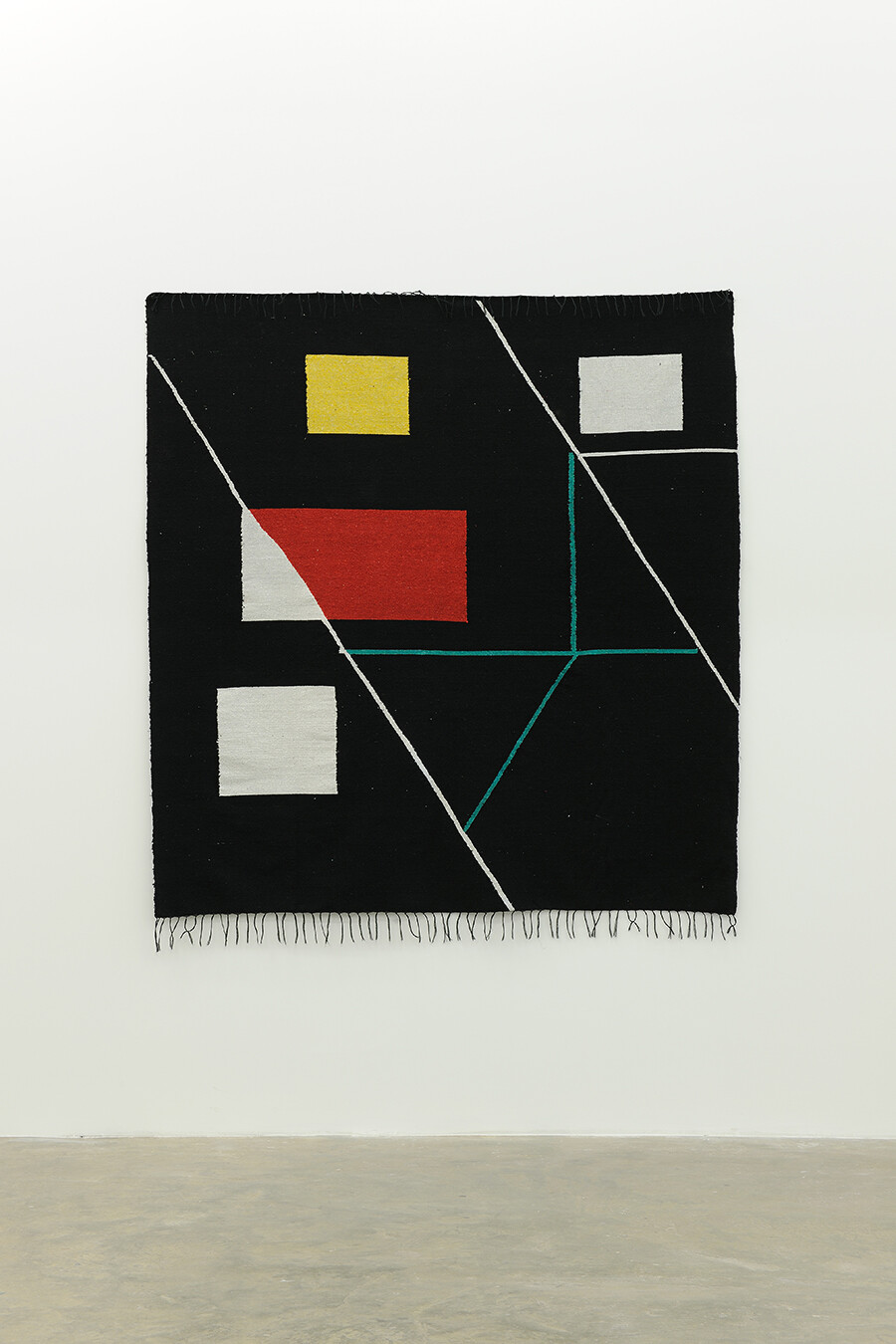
handwoven wool, 195 × 172 cm, unique
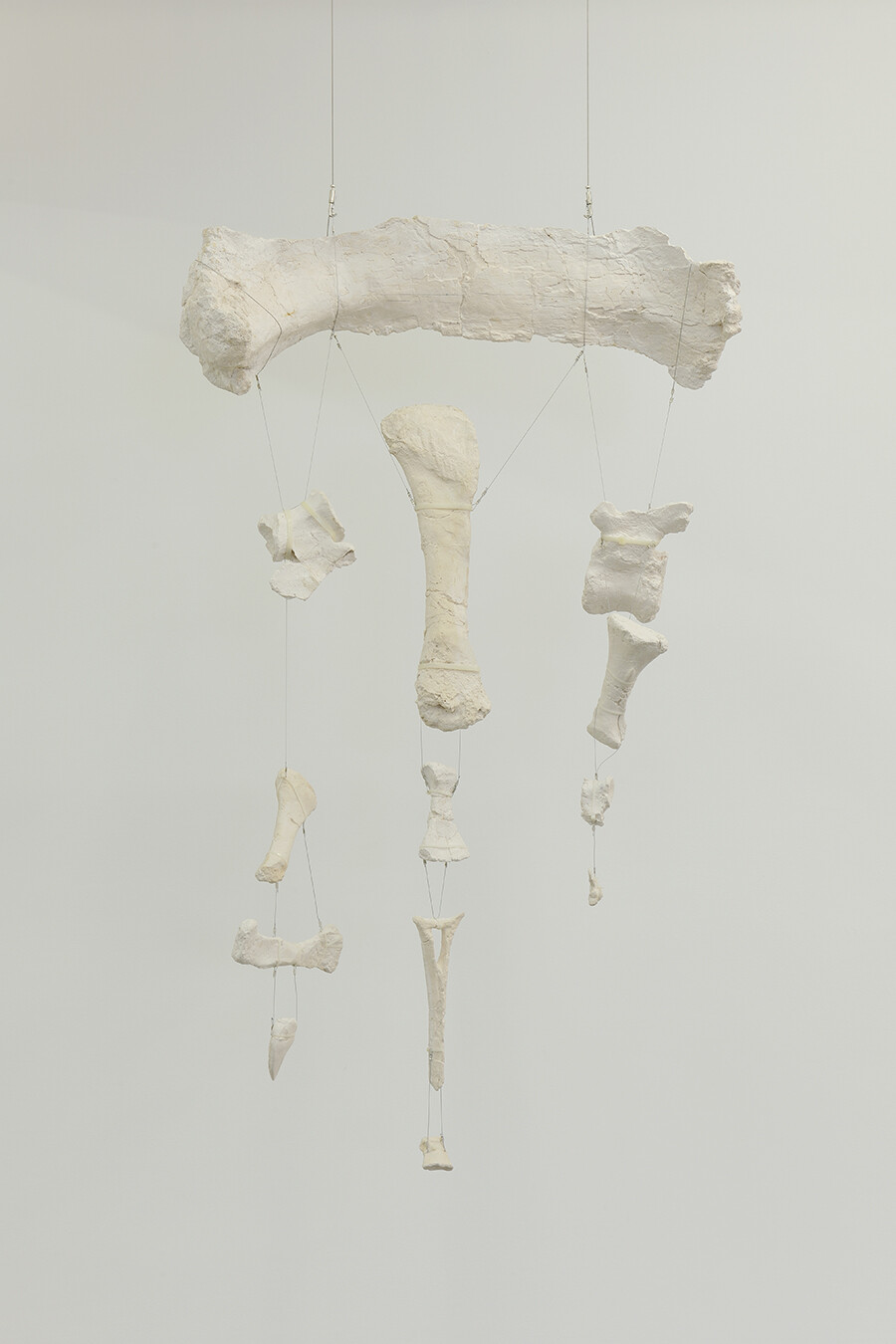
plaster, wire
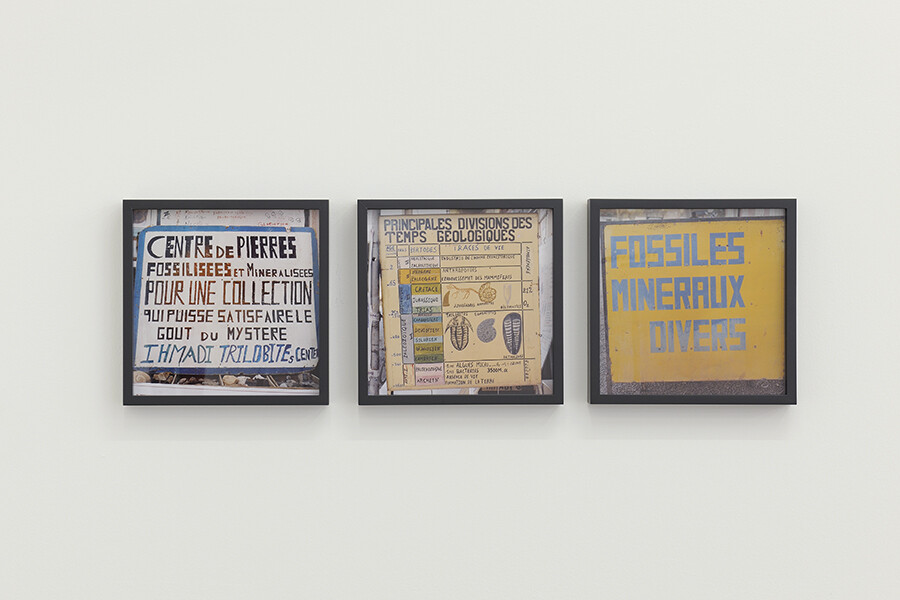
chromogenic print, 30 × 30 cm, 3 pieces
Casting similar doubts on reliability and the authentic, the exhibition Faux Guide is partly Barrada’s personal museum, with the artist in the role of faux guide, like the casbah hustler bringing tourists into a city of his own invention.
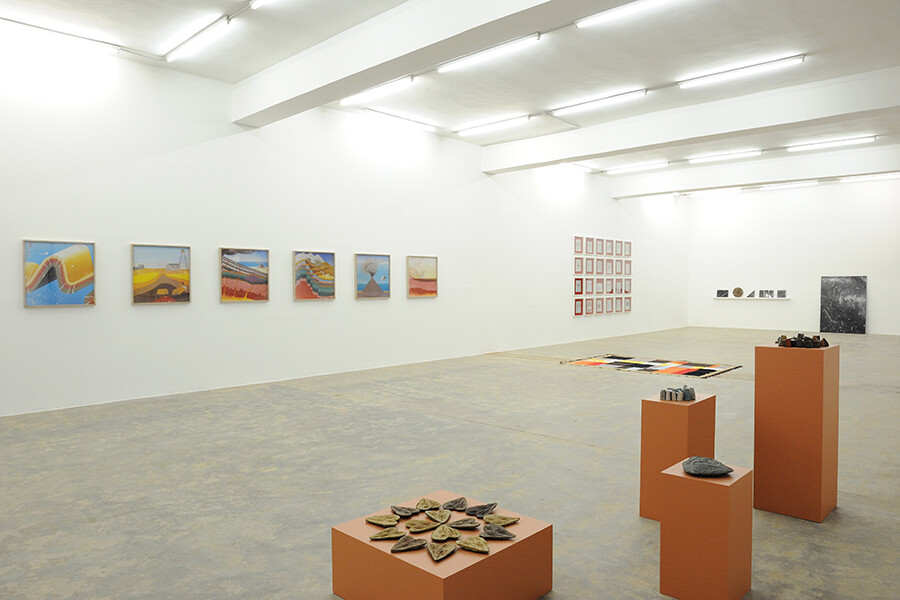
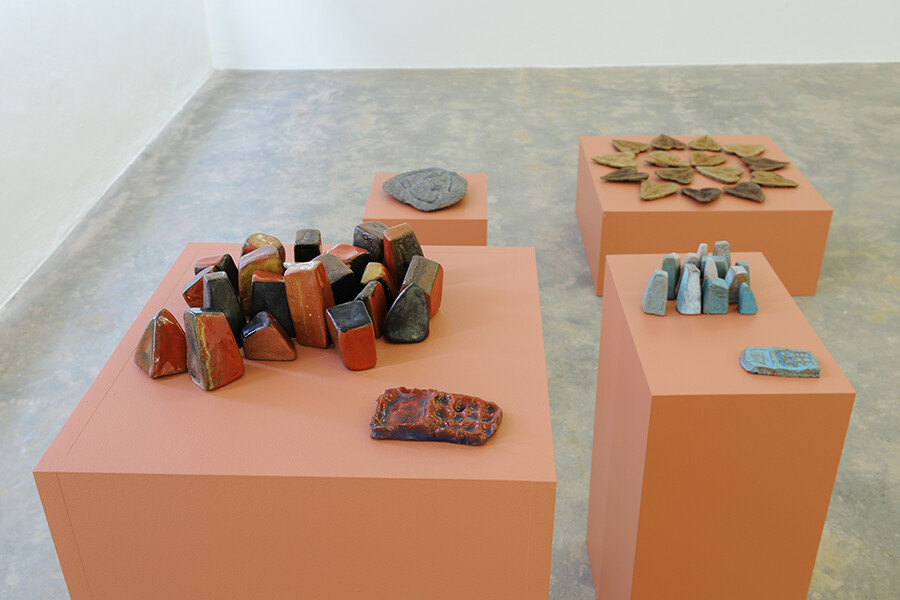
Drawing largely from her extensive collection of photographs, fossils and objects gathered in Morocco, the exhibition Faux Guide opens with a dinosaur skeleton (a gesture which might allude to the national pride of state-run natural history museums in the West, who proudly display Moroccan dinosaurs, while Morocco itself lacks any such public institution.)
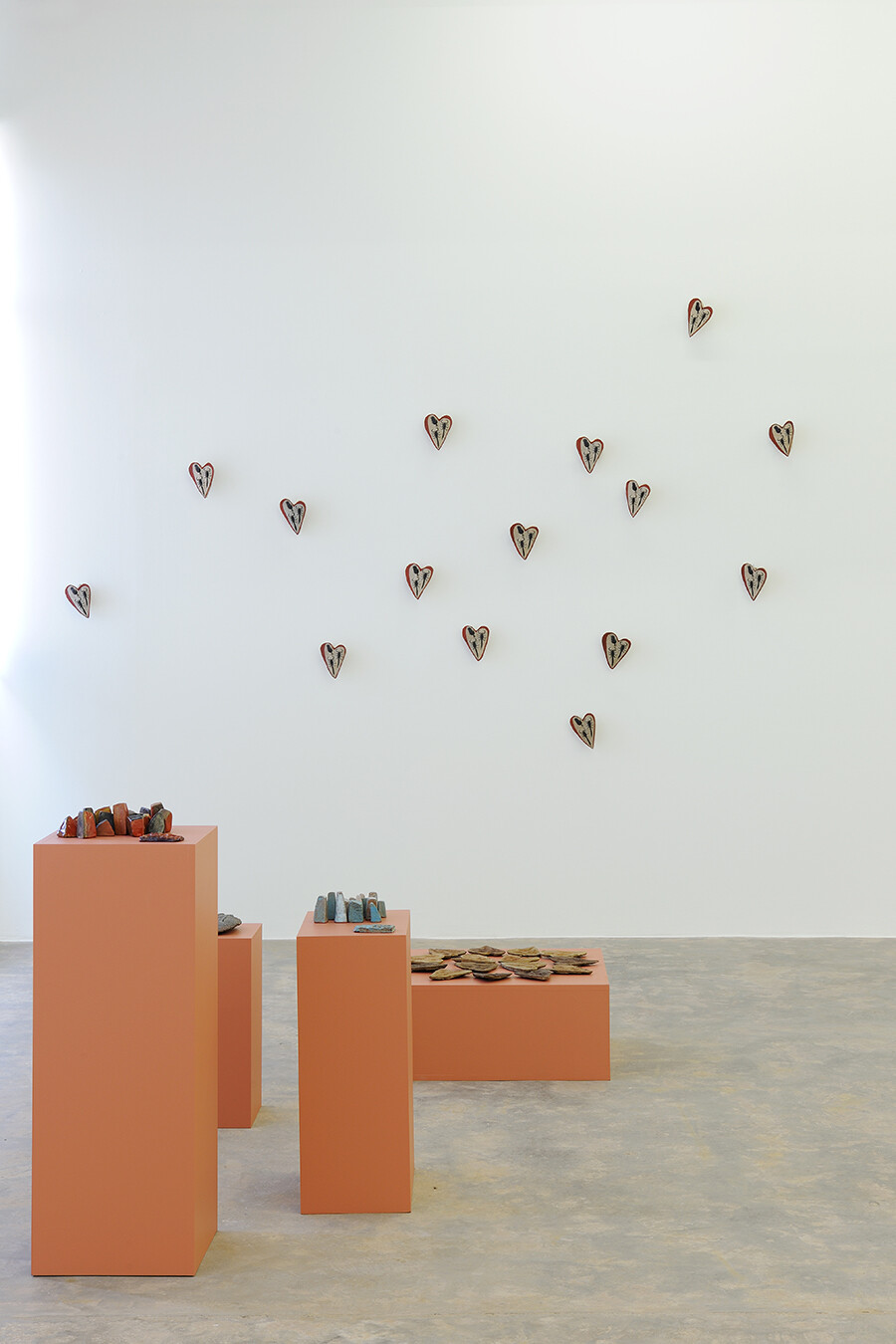
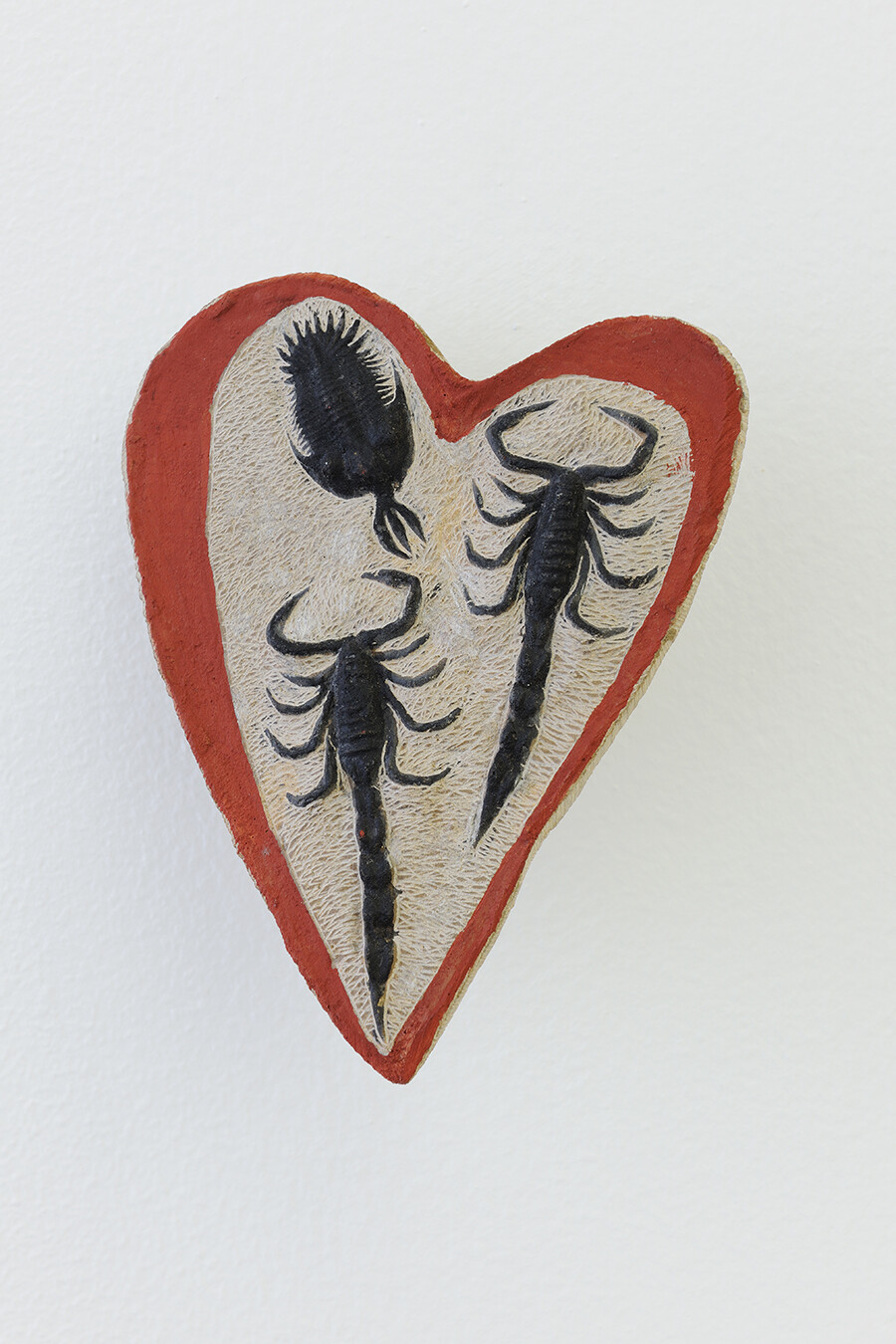
stone dust, plaster, car repair resin, shoe wax, black manganese dioxide from household batteries, red paint, stone slab, 9 × 10 × 15 cm, 33 pieces, Ed. 20 + 10 AP
Notions of imprint, collage and assemblage stretch across Faux Guide. A series of cast assemblages in plaster extrapolate the notion of the imprint — present in natural molds (fossils) and in the working models made by paleontologists — to aesthetic terrain.
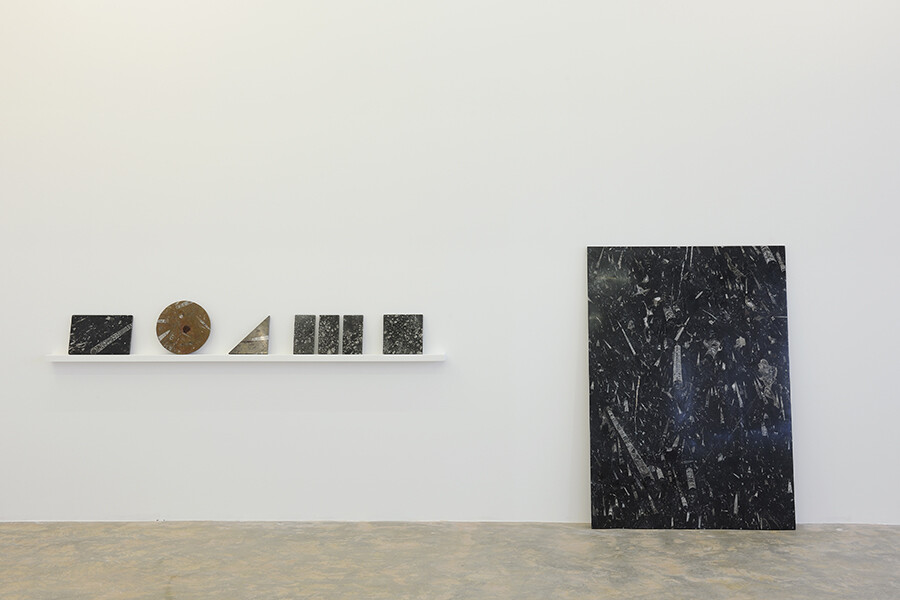

cotton wool, 243 × 169 cm, unique

The act of collecting — by the scientist and ethnographer; the artist; the museum curator; the amateur collector; to the child collecting rocks that look like camels — is both a preoccupation of the exhibit and it’s mode of presentation.

chromogenic prints, 16 pieces, 40 × 40 cm each, 5 + 2 AP
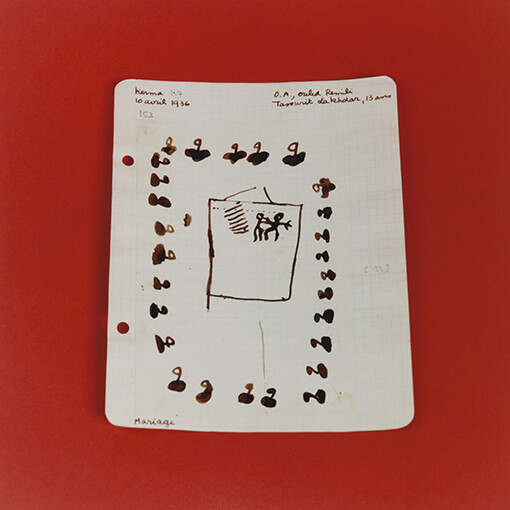
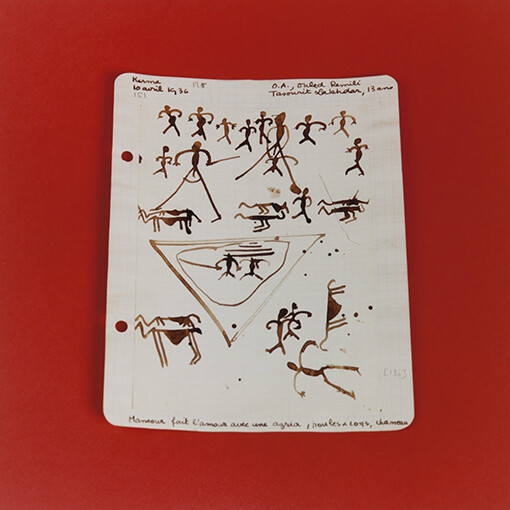
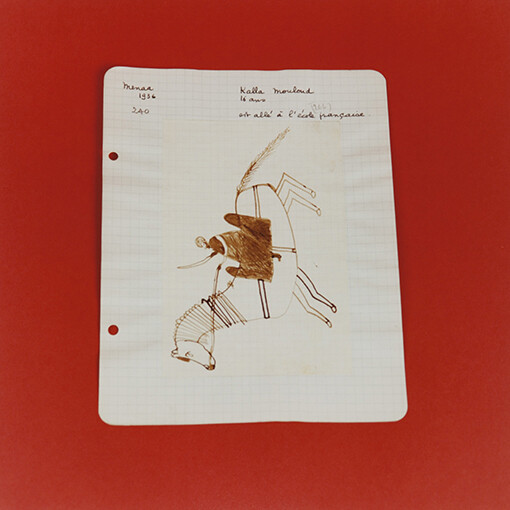
Barrada’s new body of work also appropriates aspects of museum practice — including the ‘ready-made’ and the vitrine — as part of its conceptual strategy. Barrada’s staging of these objects at times approximates the form of museum displays, probing the functions of architecture and context in conferring value, while also questioning the underlying ideologies that guide such models.
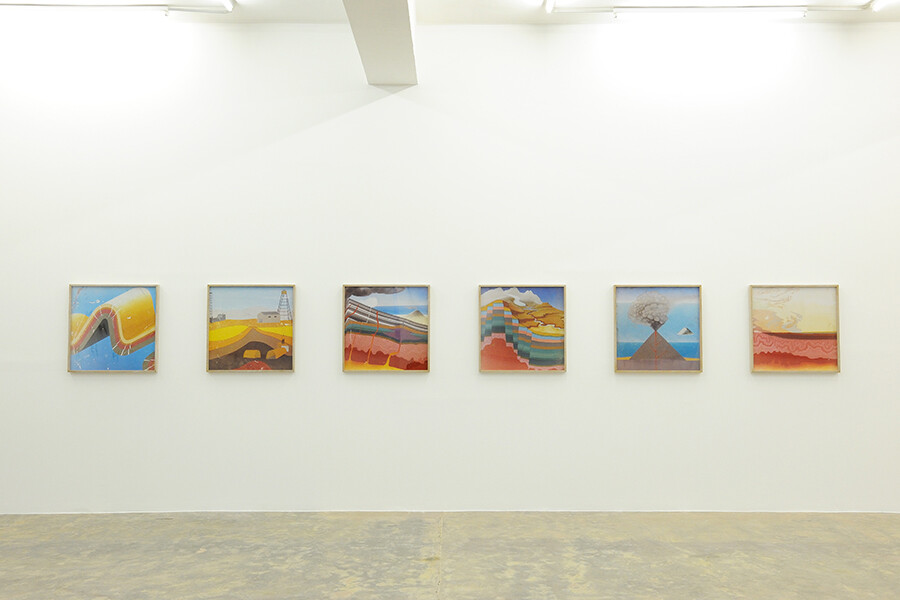
chromogenic print, 6 pieces, 70 × 70 cm each
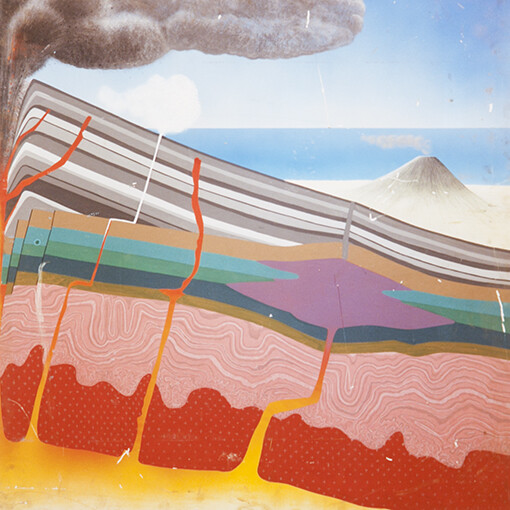
chromogenic print, 70 × 70 cm

chromogenic print, 70 × 70 cm
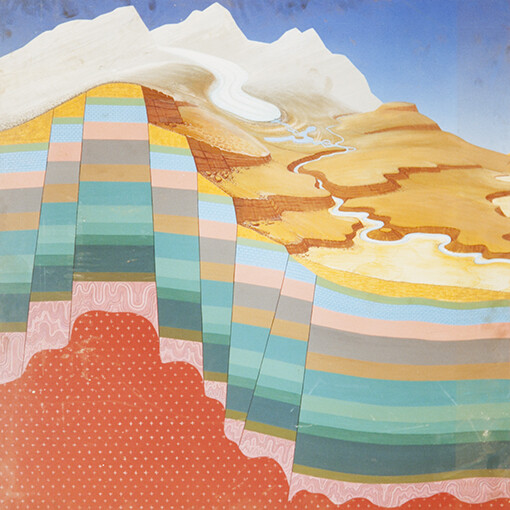
chromogenic print, 70 × 70 cm
The notion of reassembling — and reassigning the origins and the purpose of an object — is visible in Plumber’s Assemblages, a sculpture installation inspired by the elaborate structures of repurposed pipes, hoses, taps, and showerheads that plumbers seeking work display on the Grand Socco square of Tangier and in other cities.

offset printed, recto verso, 29.7 cm × 42 cm each, 16 prints (3 copies for each edition), 20 + 10 AP
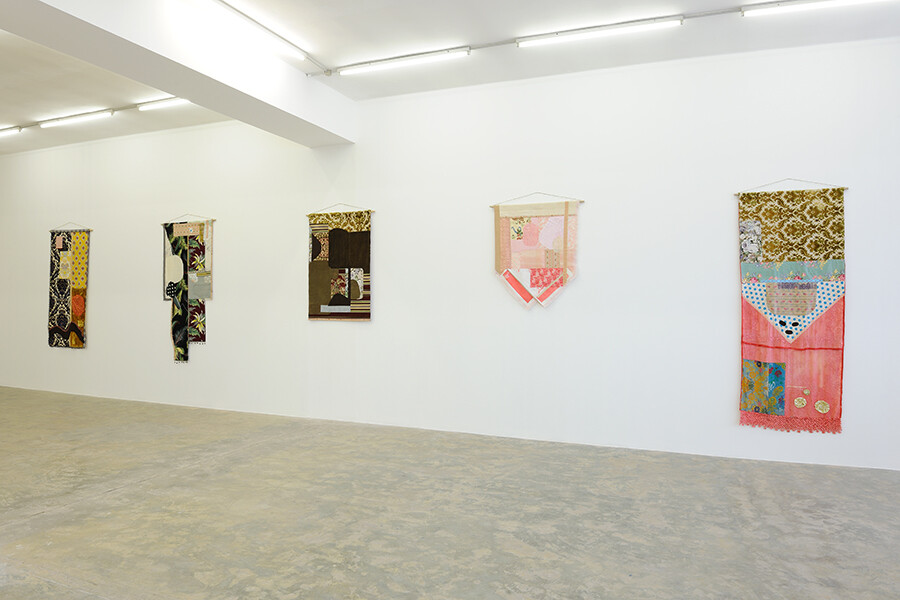

applique, 228 × 93 cm, unique
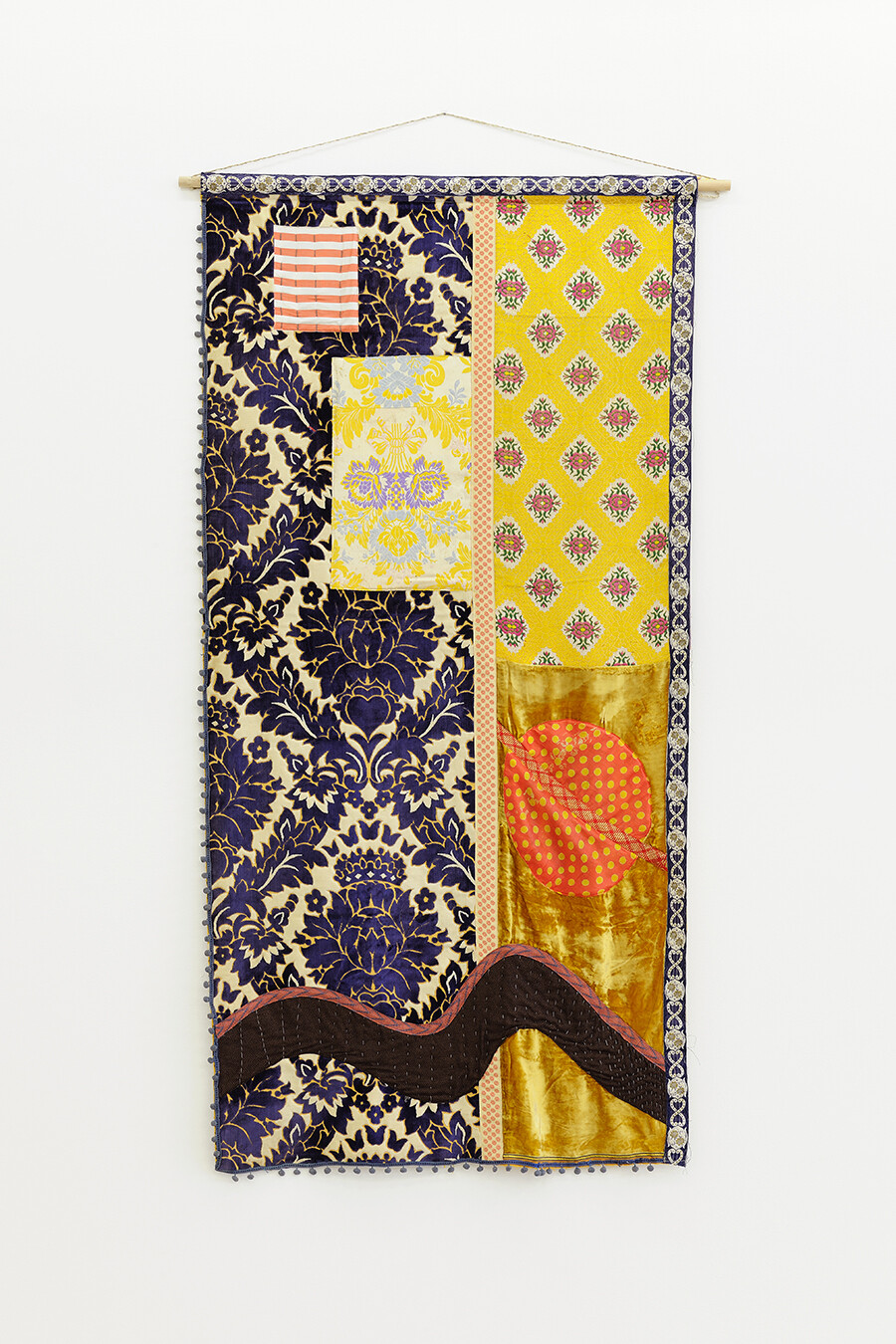
applique, 96 × 189 cm
But also in the photographic series of North African children’s toys from the Musée du Quai Branly collection in Paris, collected by French ethnographers in the 1930's.
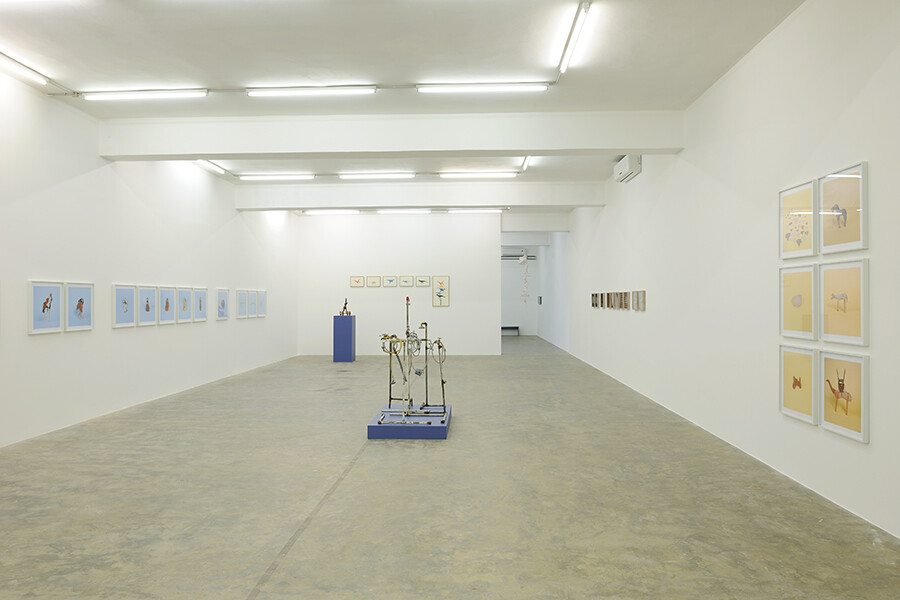

chromogenic print, 30 × 50 cm, 5 + 2 AP
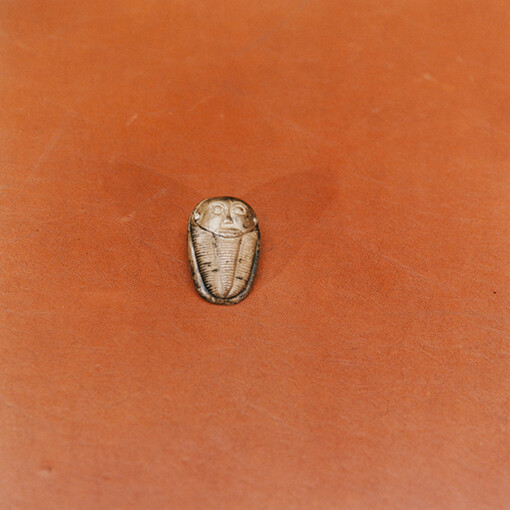
chromogenic prints, 30 × 30 cm, Ed. 5 + 2 AP

archival pigment print, 60 × 60 cm, Ed. 5 + 2 AP
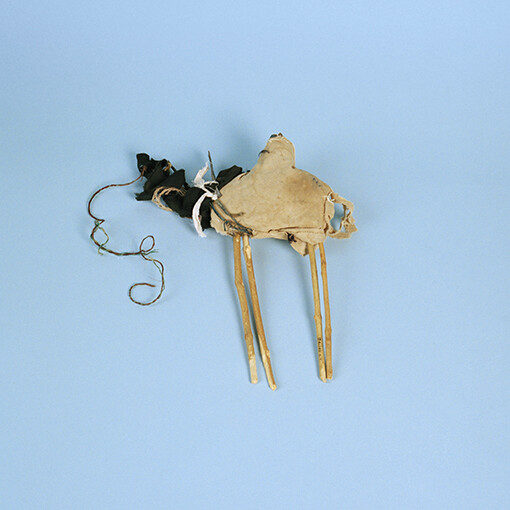
archival pigment print, 60 × 60 cm
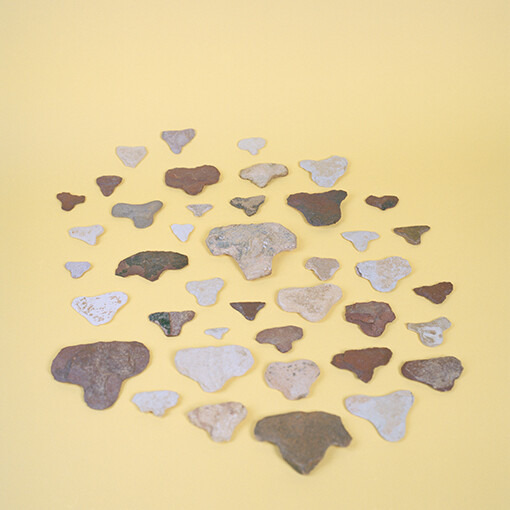
archival pigment print, 60 × 60 cm, Ed. 5 + 2 AP

archival pigment print, 60 × 60 cm, Ed. 5 + 2 AP
Spread through out the gallery are hand-woven carpets, collages and new printed posters designed by the artist, referencing General Lyautey, France’s first administrator in colonial Morocco, who made it his mission to organize and preserve local arts and crafts, by encouraging traditional labor, establishing museums and reinventing craft standards.
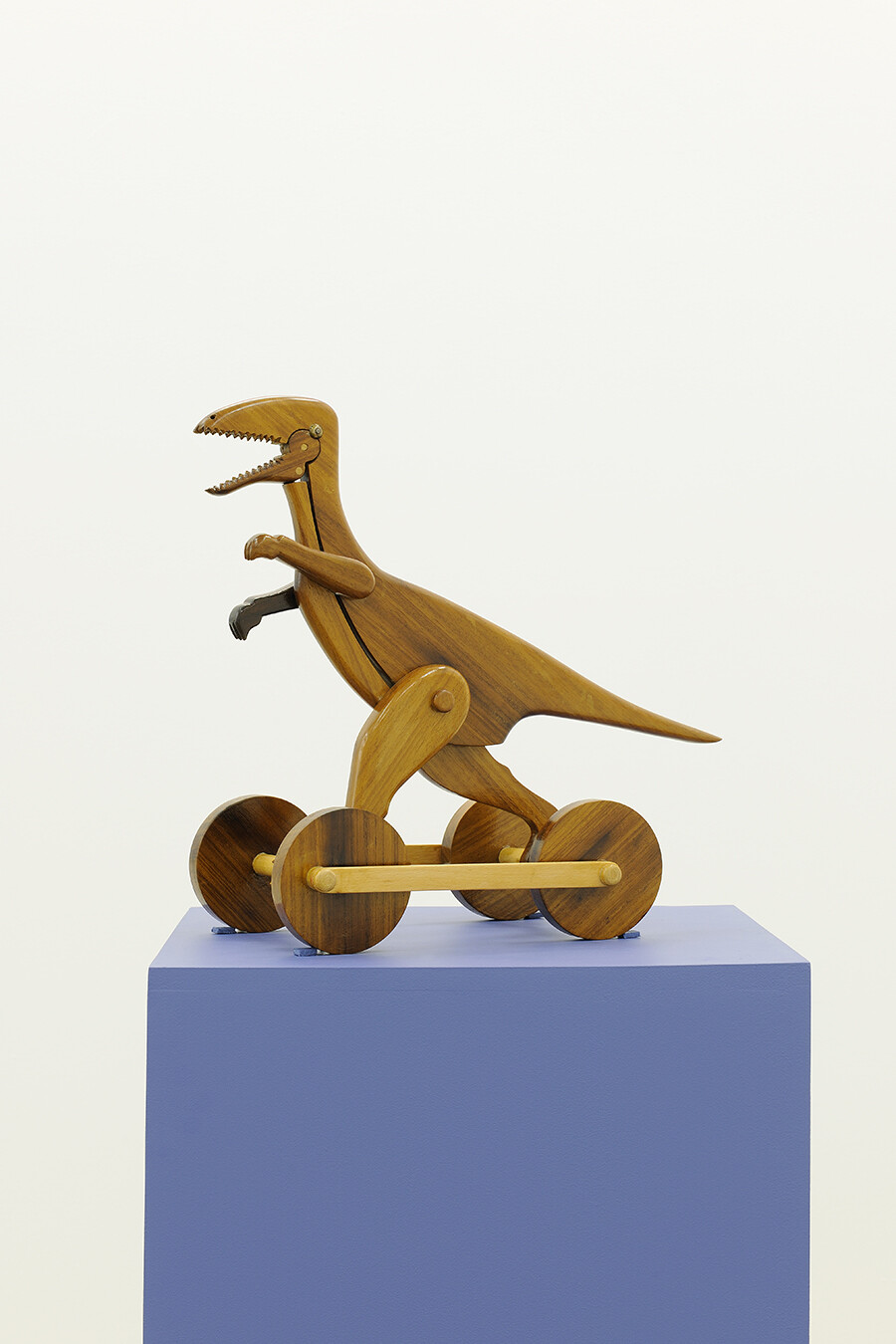
wood, 43 × 52 × 32 cm, Ed. 3 + 1 AP

woodblock print, 4 prints at 39 × 39.5 cm, 1 print at 78 × 48 cm
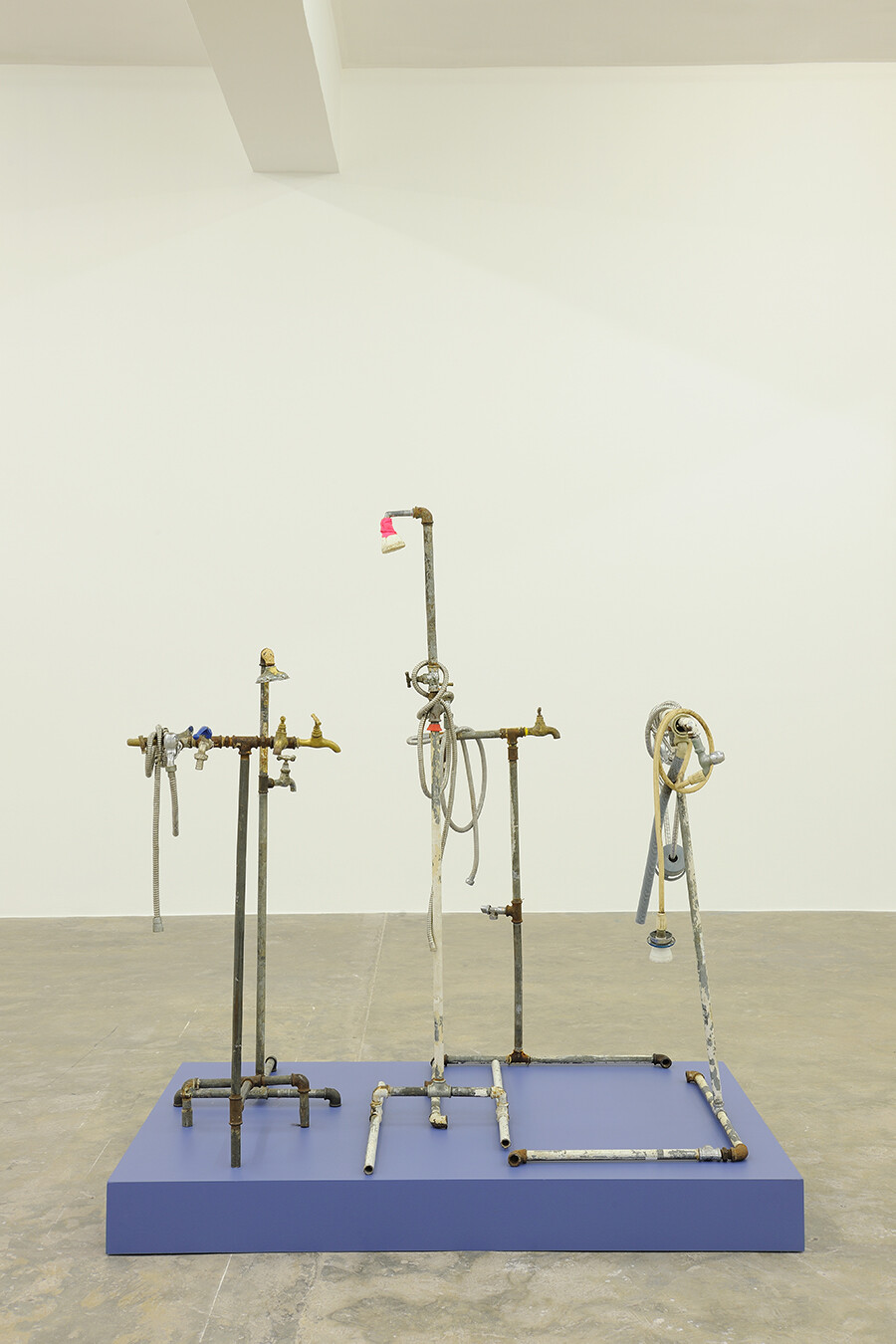
mixed media, 148 × 165 × 90 cm, 5 pieces, unique
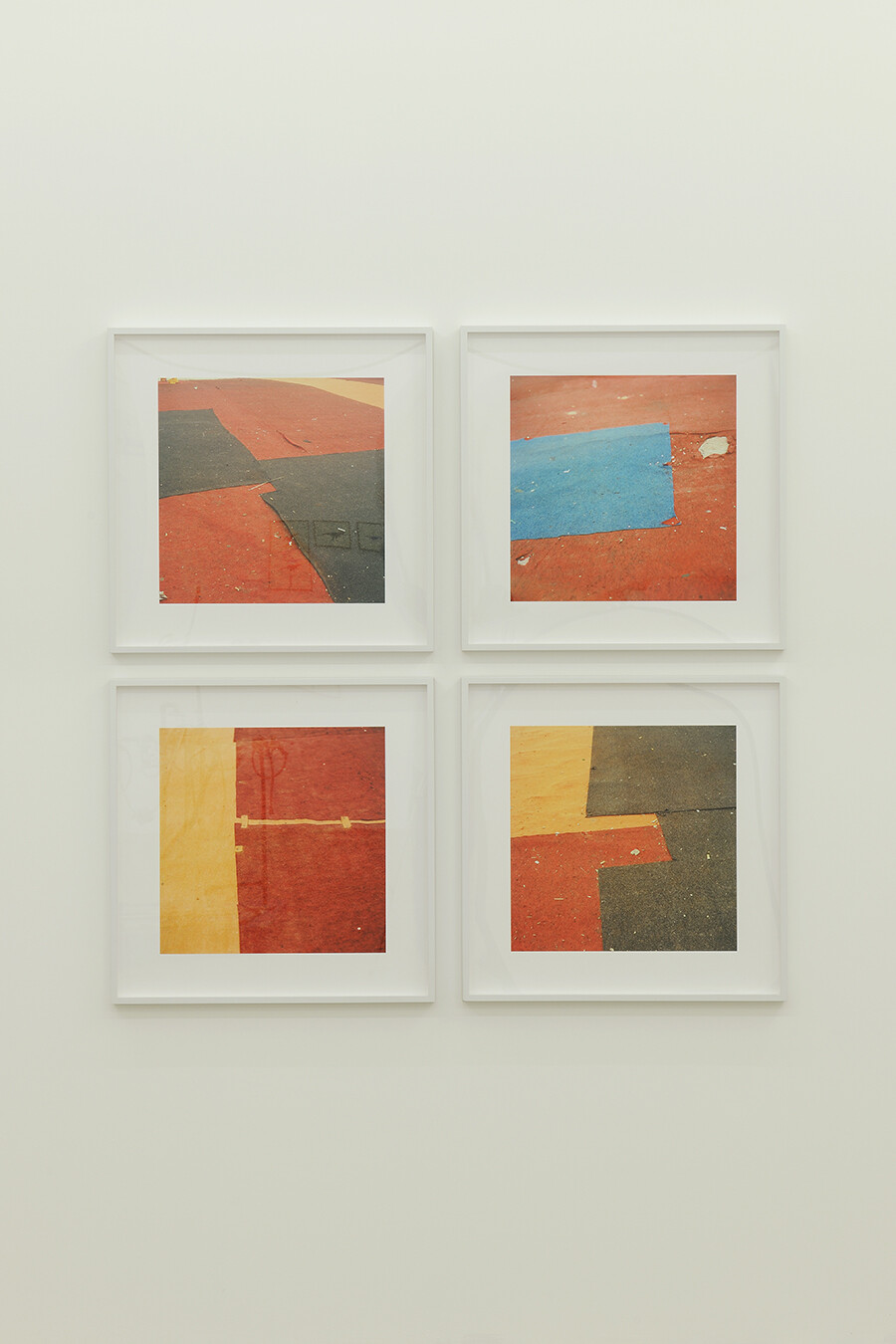
chromogenic prints, 4 pieces, 70 × 70 cm each, Ed. 5 + 2 AP
Throughout, Barrada playfully sheds light on the invention and fabrication of tradition, as when the exhibit nods to an irreverent 16th century North African poet, Sidi Abderrahmnan al Majdoub (1506-1568) through a series of Appliqué Flags, which repurpose antique textiles famliar from scenes of domestic life in contemporary Morocco.
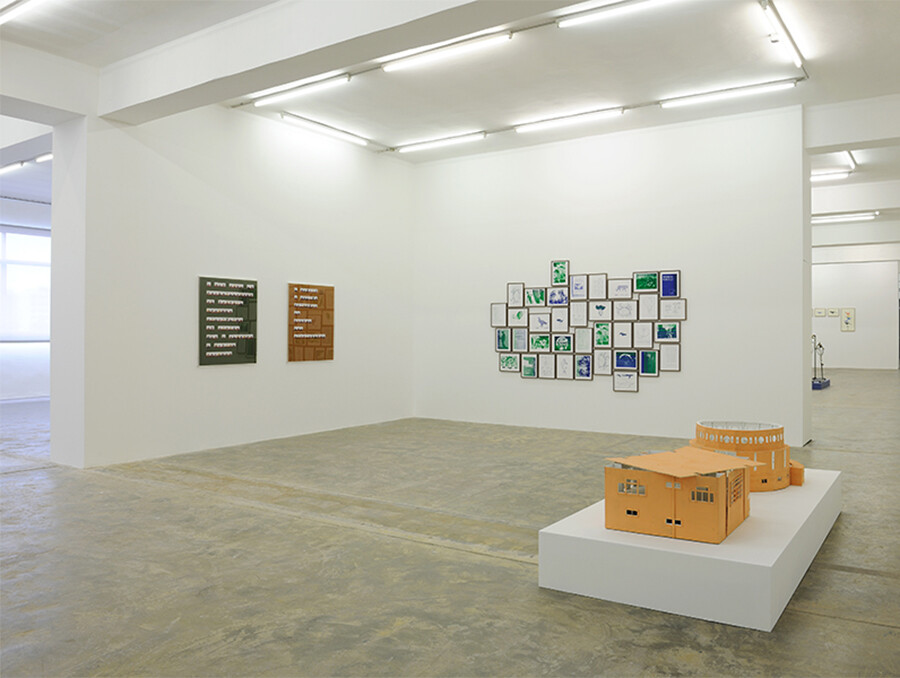

3 part painted wood model, 43 × 211 × 85 cm, unique


risograph print, 32 × 24 cm, unique
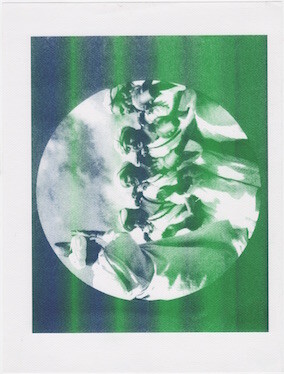
risograph print, 32 × 24 cm
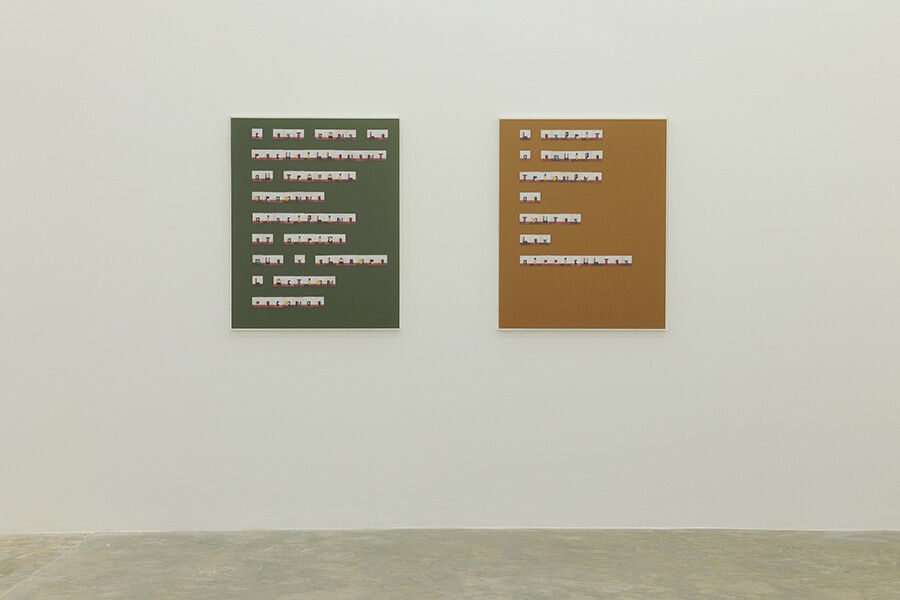
Barrada’s work has been shown in, and held in the collections of, major museums around the world including Tate Modern (London), MoMA (New York), Guggenheim (Berlin), Renaissance Society (Chicago), Wiels Art Center (Brussels), Centre Pompidou (Paris), Museo de Sao Paolo, the 2007 & 2011 Venice Biennales. In 2015, she held solo exhibitions at the Serralves Museum (Porto) and Carré d’Art (Nimes). Upcoming 2016 exhibitions include The Power Plant (Toronto); the Secession (Vienna), and M Museum (Leuven).